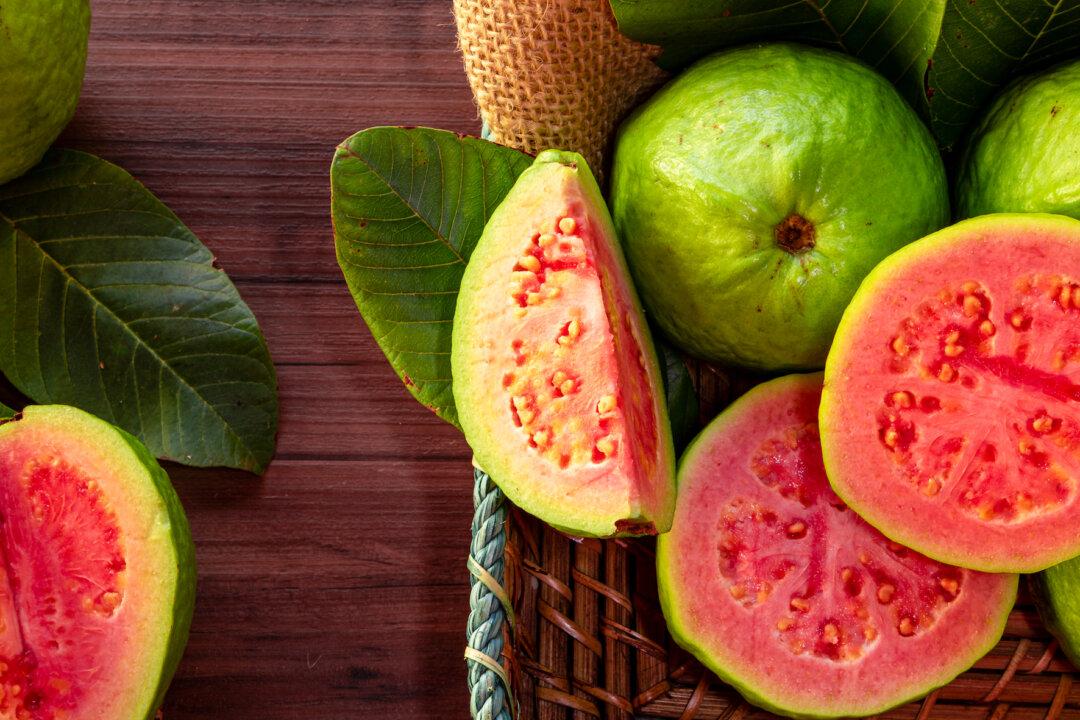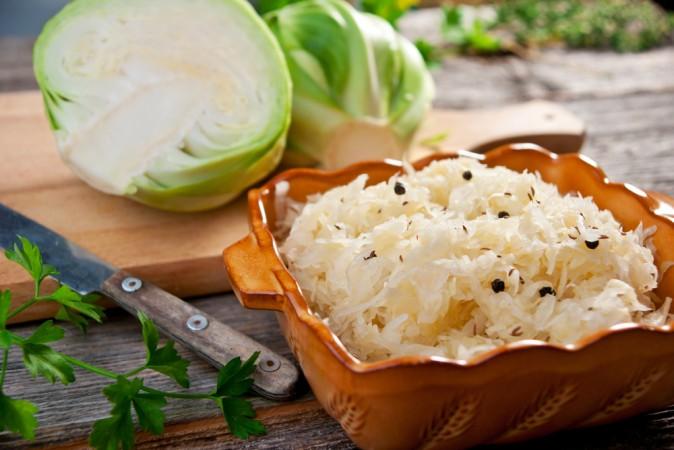Vitamin C is a nutrient that has received a lot of attention over the years. It has been used by many households to combat colds, and is now getting recognition as a proven cancer fighter. It’s best to get vitamin C in whole food for its synergistic effect with other nutrients, and these 5 foods that are high in vitamin C will provide it to you in spades.
Camu Camu
This extraordinary fruit lives deep in the Amazon rainforests of South America and packs an amazing nutrient density, with its claim to fame being the densest source of vitamin C in the world.In a 100 gram serving, camu camu has shown to have up to 7.5 grams of vitamin c, which is an unprecedented 7.5% of its weight. To provide comparison, it provides 60 times more vitamin c than an orange on an ounce-by-ounce basis.






